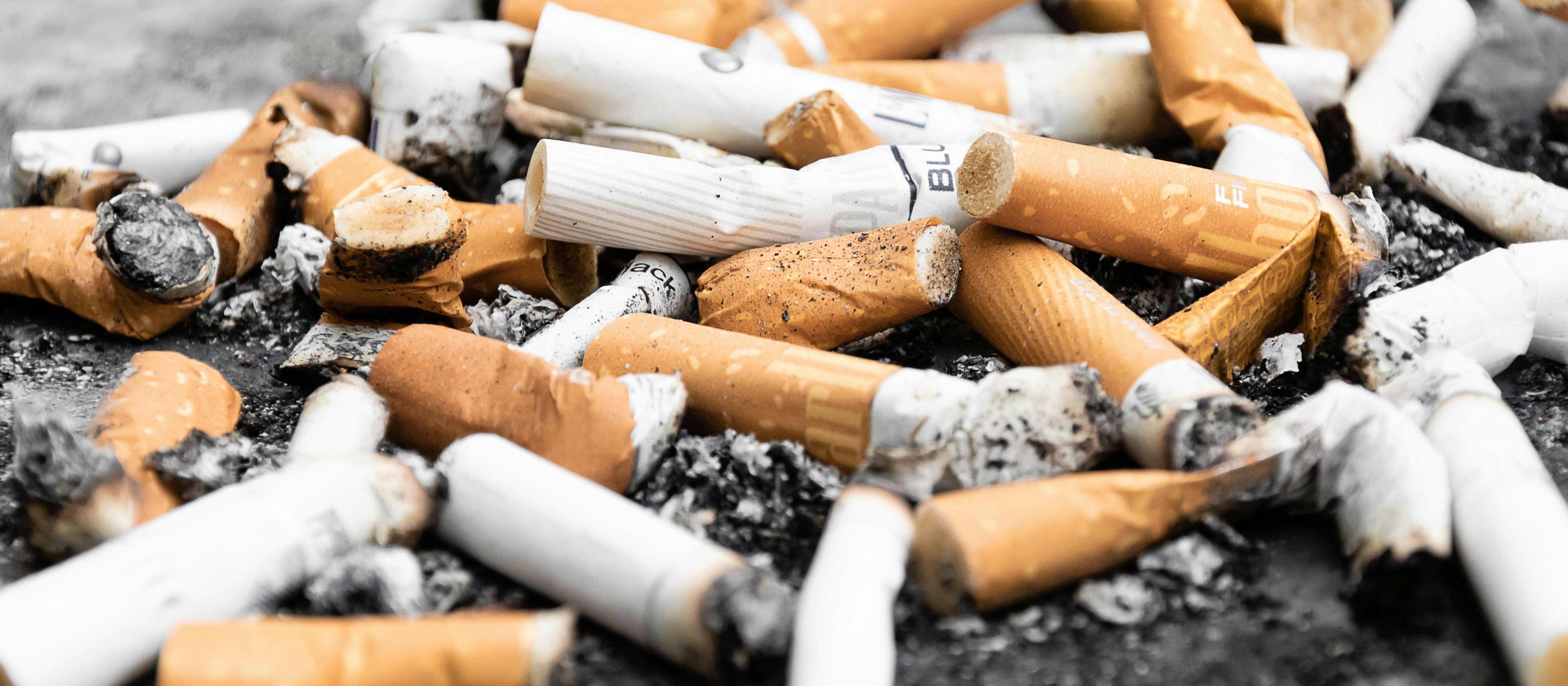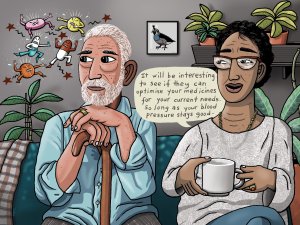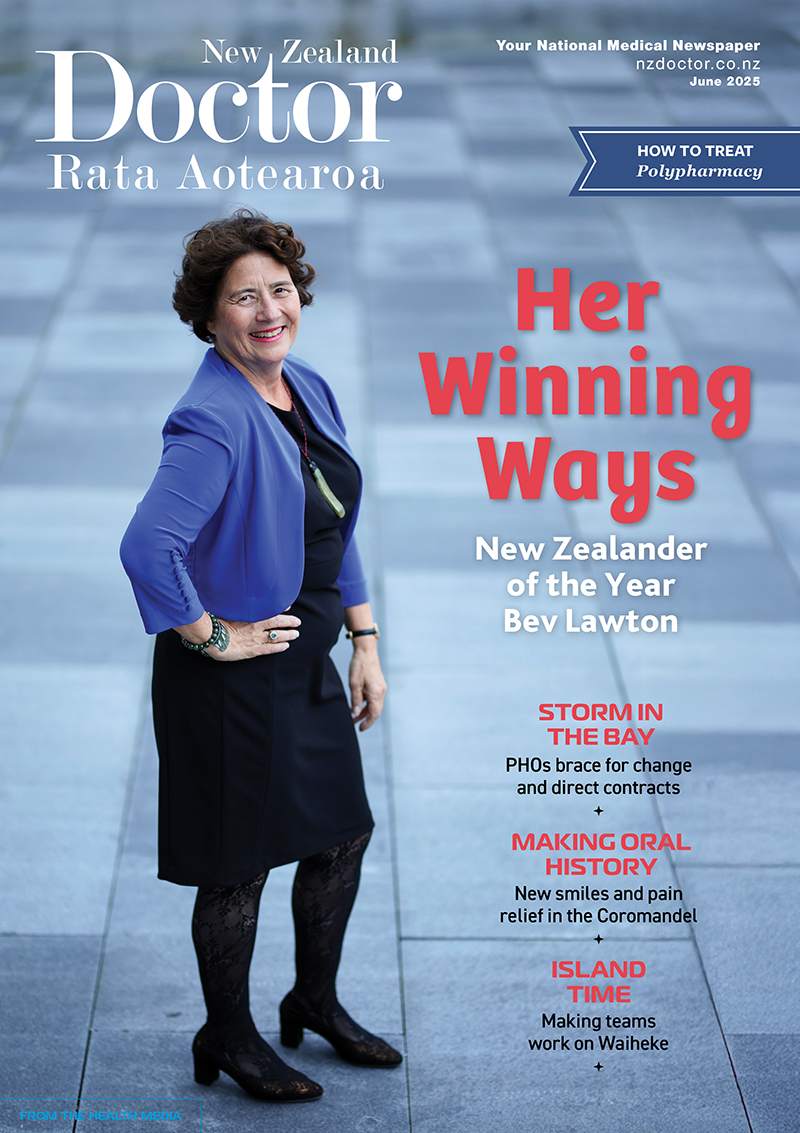For older people and frail people, the long-term benefit of medicines reduces and the potential for harm from adverse effects increases. When the benefit–risk balance changes in this way, medicine review and optimisation are important to simplify the therapeutic regimen, reduce inappropriate medicines and minimise risks. In this article, pharmacist prescriber Linda Bryant uses two case studies to illustrate important considerations during medicine reviews
NZ’s goal is to get smoking rates under 5% for all population groups this year – here’s why that’s highly unlikely
NZ’s goal is to get smoking rates under 5% for all population groups this year – here’s why that’s highly unlikely

Janet Hoek is a Professor in Public Health at the University of Otago and Jude Ball is a senior research fellow in Public Health at the University of Otago
Next week is “scrutiny week” in parliament – one of two weeks each year when opposition MPs can hold ministers accountable for their actions, or lack thereof.
For us, it’s a good time to take stock of whether New Zealand is on track to achieve its smokefree goal of reducing smoking prevalence to under 5% and as close to zero as possible, among all population groups, this year.
The latest New Zealand Health Survey shows that, for the first time in a decade, smoking rates have flatlined rather than fallen. Stark inequities persist, with daily smoking prevalence among Māori at 14.7% (compared to 6.1% among European New Zealanders).
To bring New Zealand’s overall smoking prevalence under 5% would require more than 80,000 people to quit this year. Achieving the goal equitably means more than 60,000 of those people would need to be Māori.
The government’s repeal of earlier measures predicted to bring rapid and equitable reductions in smoking prevalence means achieving the Smokefree 2025 goal for all population groups is now highly unlikely.
Ending the scourge of tobacco
Proposed by the Māori Affairs Select Committee and adopted by the then National-led government in 2011, the Smokefree 2025 goal has always had equity at its heart.
At that time, smoking prevalence among Māori was 37.7% and 14.7% among European New Zealanders. Reducing smoking rates to less than 5% for all population groups offered an opportunity to profoundly reduce health inequities burdening Māori.
Early discussions recognised the large inequities in smoking rates. Speaking about his role in the select committee inquiry, former National Party leader Simon Bridges stated:
The picture I had of smoking was quite wrong. Most of the time, smoking is not this idea of a free market with adults who freely consent to take up smoking […] but the more complex, difficult situation of children smoking as a result of parents and grandparents who smoked […]. That means that a more intense, stronger, more interventionist approach is called for.
The first Smokefree Action Plan, only introduced a decade later in late 2021, included more intense measures and established a Māori and Pacific oversight committee to ensure all actions taken promoted equity.
The action plan introduced three key initiatives: denicotinisation, a large reduction in outlets selling tobacco, and the smokefree generation strategy.
All were expected to have strong pro-equity outcomes. Modelling predicted denicotinisation would bring unprecedented reductions in smoking prevalence, eliminating the gaps between Māori and non-Māori. Reducing tobacco availability would end the widespread access to tobacco in lower-income communities.
The smokefree generation, a longer-term endgame strategy that would have meant anyone born after 2009 could no longer buy tobacco, was predicted to significantly reduce inequity, given the younger Māori (and Pacific) population structure.
Then Minister of Health Ayesha Verrall noted:
While smoking rates are heading in the right direction, we need to do more, faster, to reach our goal. If nothing changes, it would be decades till Māori smoking rates fall below 5%, and this government is not prepared to leave people behind.
Is equity still the goal?
The coalition government’s repeal of these measures in early 2024 left a void, but Associate Health Minister Casey Costello reaffirmed a commitment to the Smokefree 2025 goal. A January 2024 update to Cabinet stated:
The government remains committed to further reducing smoking rates and achieving the Smokefree 2025 goal of daily smoking prevalence of less than 5% for all population groups.
However, by late 2024 the narrative began changing. In November, Costello launched a new smokefree action plan in a final push to reach the headline 5% target. Her plan does not emphasise the structural changes (such as fewer outlets selling tobacco) called for by the Māori Affairs Select Committee.
Instead, it relies on health promotion programmes to reduce smoking uptake and on increasing attempts to quit by “reinvigorating” stop-smoking messages and improving referral rates to support.
We argue New Zealand will likely fall well short of its 2025 goal to bring smoking rates below 5% and reduce inequities, despite an ongoing commitment by Health New Zealand-Te Whatu Ora.
During scrutiny week, we hope Associate Health Minister Costello will be asked how she explains the discrepancy between her earlier commitment to achieving the Smokefree 2025 goal among all population groups and more recent comments which appear to roll back the equity goal.
More importantly, we hope questions will probe how she plans to reduce smoking prevalence among Māori to a third of its current level, and what evidence she has that the steps she proposes will work.![]()
This article is republished from The Conversation under a Creative Commons license. Read the original article.



